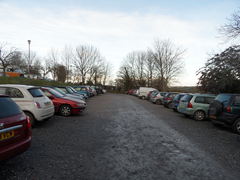 The difference between a public and a private place may seem obvious, but making that important distinction can be far trickier than one might imagine. The High Court confronted the issue in a case concerning a car park which had no barriers but was replete with privacy notices.
The difference between a public and a private place may seem obvious, but making that important distinction can be far trickier than one might imagine. The High Court confronted the issue in a case concerning a car park which had no barriers but was replete with privacy notices.
A man who parked his van in the car park was prosecuted for being in charge of the vehicle on a road or other public place whilst unfit through drink, contrary to Section 4(2) of the Road Traffic Act 1988. He said that he had intended to sleep in his van, rather than drive it, but was convicted by magistrates on the basis that the car park was a public place.
In upholding his challenge to the conviction, however, the Court noted that, although there was no physical barrier restricting access to the car park, it was equipped with numerous signs, most of them to the effect that the car park was private and for the sole use of staff and patrons of various local businesses.
Although some parts of the car park might not have been private, others explicitly and unquestionably were. The absence of evidence as to where exactly the van was parked was therefore fatal to the prosecution case. The same applied to the lack of any evidence that members of the public who were unconnected to the businesses had explicit or implied permission to use the car park.



